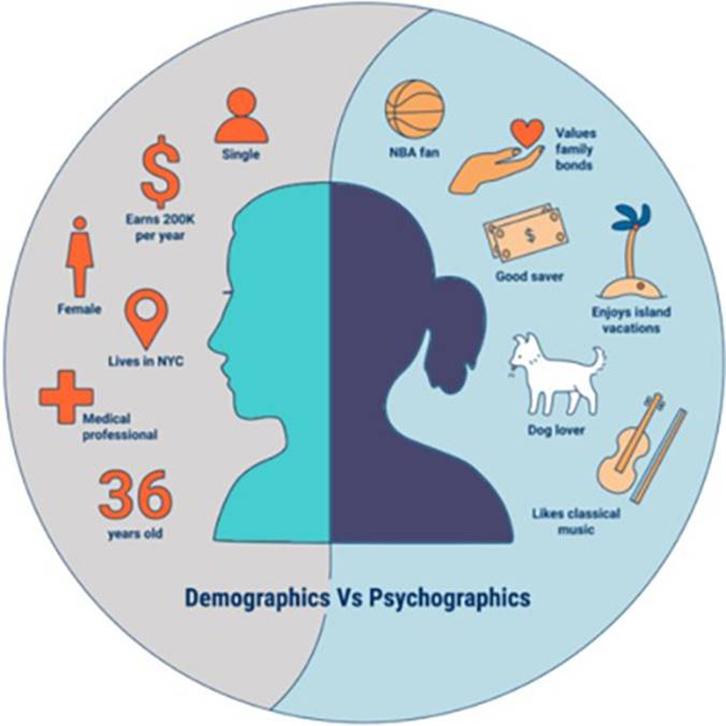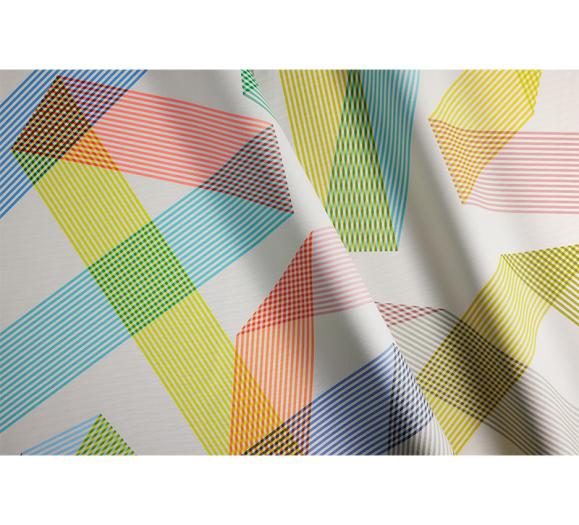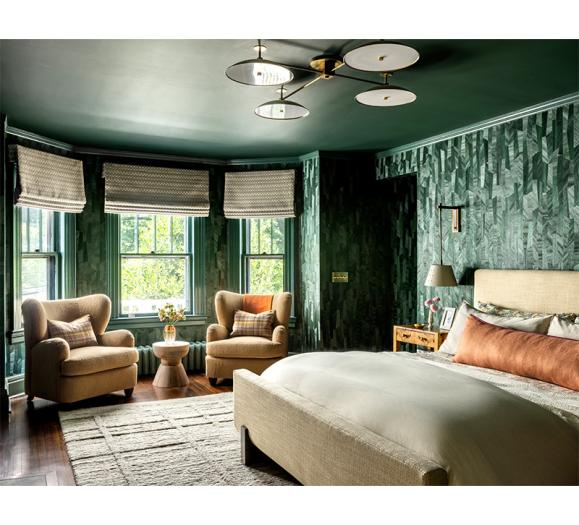Often we are asked, “What are the steps you take to design a model home?” For some, simply having a model home is thought to be enough to sell a community of homes. For us, that thought process just isn’t sufficient to set one apart from other home builders. Our team was trained in-house with some of the most successful home builders in the business. We understand that to remain competitive, home builders must provide a thoughtfully designed and merchandised model home experience. To do so, builders must engage a professional interior design firm. To us, a model home should accurately reach a target consumer market and offer a space that a prospective buyer can envision themselves living in. We understand that to do this, we need to go through an information gathering process. This is accomplished by creating a buyer profile for each model home we design. This process identifies who and how a potential homeowner will be living in the home.
The Buyer Profile
So what exactly is a buyer profile? A buyer profile is a sketch of the ideal home buyer. It defines the target messaging, marketing and merchandising needed to help convert a model home visitor to a full-fledged home buyer. To determine a buyer profile, we dig into the demographics and psychographics of possible buyers. This includes optics such as age, gender and marital status. Psychographics are the unique interests and lifestyle details of prospective home buyers. The image below shows these distinctions.
The Demographics Considerations
There is a plethora of considerations before we start creating our interior and exterior designs. Some of the key questions include, who are we trying to attract and what characteristics do they hold? When developing buyer profiles, we typically ask demographic questions such as:
- How old is the buyer?
- What is their gender?
- What is their profession?
- What is their income?
- Where do they currently live?
- Are they married?
- Do they have kids? If so, how many and how old are they?
The Psychographic Considerations
It is possible to merchandise beautiful model homes with only demographic information. However, the psychographic information is what helps us create memorable and relatable model homes. These model homes sell communities. To gather that type of information we ask questions to determine the lifestyle of those who live in the homes being sold:
- Would they rather spend their weekends outdoors or a night on the town?
- Do they consider themselves tech-savvy?
- Do they have pets?
- Do they entertain family and friends?
- Do they enjoy music?
- How important is an active lifestyle to their overall satisfaction?
- Does the success of the local sports team impact their happiness level?

As interior designers we create and visually display a specific lifestyle that potential homeowners want to experience. The specification and placement of furnishings and accents, paired with ideal color palettes allows buyers to dream, be inspired and take action to purchase a home they can see themselves in. Taking the time to develop a buyer profile allows our team to discover the subtleties of a builder’s specific market and then ensure the model homes reflect these details. When interiors truly capture the complex needs of the potential buyer, homes sell.








